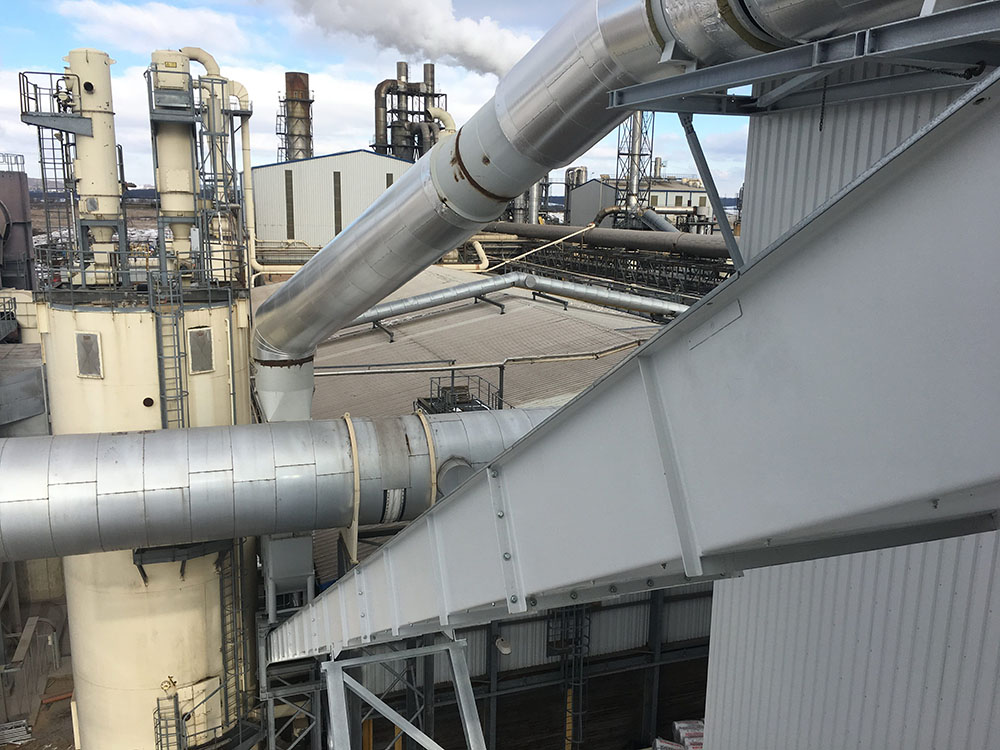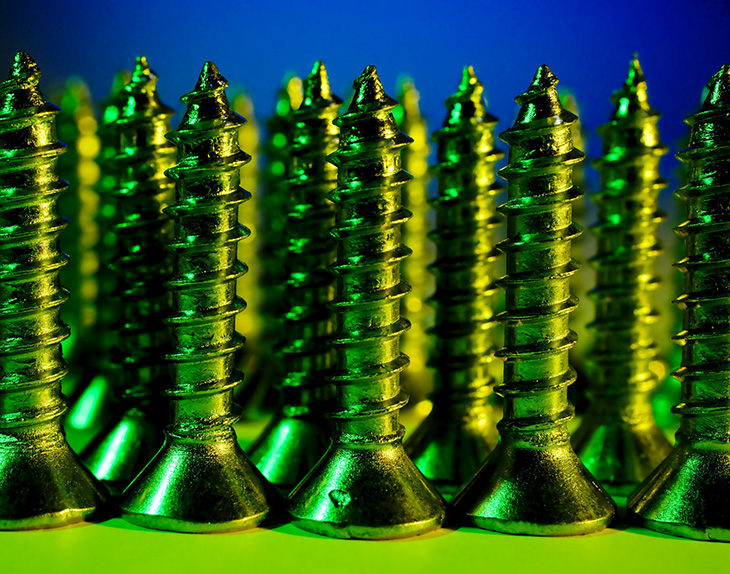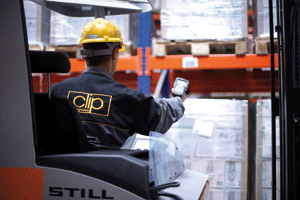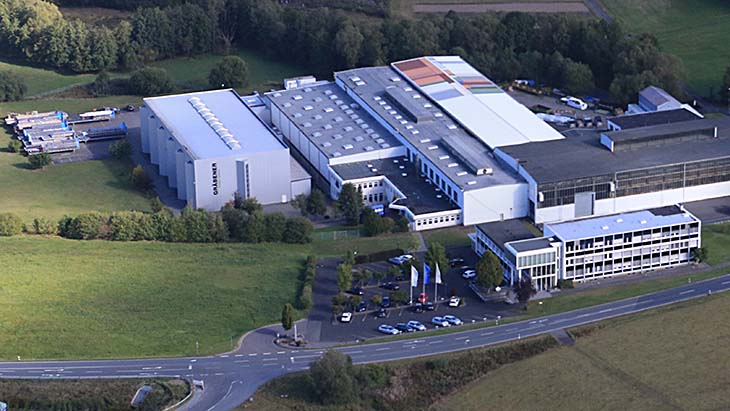
Kronospan Luxembourg S. A., manufacturer and refiner of wood materials, has, as part of an EU project, a clearly stated objective. The company intends to significantly reduce CO2 emissions and substantially replace fossil fuels with renewable energy from bark and timber waste. To this end, the manufacturer has invested in a biomass combined heat and power plant. Vecoplan® AG has supplied the appropriate systems for storing, metering and conveying the different materials, and has adapted them to suit the existing building structure.
The factory in Luxembourg produces and refines wood materials such as medium-density fibre board, oriented strand board and laminate flooring. In recent years, the company has made considerable effort to reduce the effects on the environment of its production facility. Since 2012, Kronospan Luxembourg has been involved in the ‘Factory for the Future’ project promoted by the EU. Among other things, the factory has set itself the target of reducing its CO2 emissions by 80%, and replacing 90% of its fossil fuels with renewable energy.
Electricity and heat from biomass
Since the production facility requires a lot of energy, and waste such as bark, wood offcuts or sawdust are ideal energy sources, those responsible decided to make efficient use of this solid biomass in order, among other things, to provide the required process heat. For this purpose, the manufacturer commissioned the industry and power station equipment supplier Bertsch Energy Austria, based in the Austrian town of Bludenz, to design and supply a suitable biomass heat and power plant. As main contractor, Bertsch Energy Austria brought Vecoplan® AG on board to handle the storage, conveying and dispensing of the material.
The company, with headquarters in Bad Marienberg, Westerwald, develops and manufactures machines and systems for resource and recycling management. “Our tasks also include services such as planning, consultation, overall project management, and comprehensive service as well as installation, commissioning and maintenance work,” explains Vecoplan® project manager, Patrick Pfeiffer. The charging material presents a particular challenge as it includes, amongst other things, wet bark. The water content can be 15% or even 55%. “In the extreme case, this product weighs up to 450 kg per cubic meter,” explains Pfeiffer. In addition to this there are wood shavings, very fine and lightweight sawdust, and leftover wood with considerable overhangs.
Customised standard solutions
In close collaboration with Bertsch Energy Austria, Vecoplan® consulted with the responsible Kronospan Luxembourg personnel, planned and designed the necessary systems, and then manufactured, installed and commissioned them. “As all the buildings were already there, we customised the system components accordingly to suit the factory structure,” recalls Pfeiffer. For example, the engineers planned one of the conveyors so that it is built between a building and a silo and underneath hot gas and pneumatic pipes. “Our systems are standard solutions which we always customise to suit individual requirements,” explains the project manager.
The charging material comes directly from the production facility on the one hand, and further biomass is supplied by lorries on the other. In both cases, wheel loaders transport it to a push/pull rod discharger which Vecoplan® has installed in one of the existing buildings. It consists of adjacent, hydraulically driven push rods. These move alternately backwards and forwards at slow speed on the bottom of the bunker. By this means, the material passes to a vibratory conveyor which serves as a discharge conveyor. As a result of vibration, the mass, including the long pieces of wood, migrates forwards to a troughed belt conveyor. The continuous conveyor with its modular design is equipped with various belt cleaning, safety and monitoring systems. “For example, we have fitted a magnet at the transition point between conveyor belt and disc screen,” describes Pfeiffer. This separates ferrous metals such as screws or nails from the mass. “Our magnet is so strong it can even pull out a manhole cover,” says Pfeiffer enthusiastically.
The troughed belt conveyor transports the material to a twin-segment disc screen which separates the biomass from the over-length wood. The good material drops onto a drag chain conveyor inclined at 45°, which transports the material to the boiler house on the lower belt. In the charging area, angles cover the conveyor chains to prevent material getting into them. “To ensure a free running and working path, we have designed the drag chain conveyors to achieve a special support spacing of up to 22,5 meters on the ground level” explains Pfeiffer. In the boiler house the bulk material passes onto a further troughed belt conveyor which dumps it into a storage container. “In order to have full control over the material and to control the throughput, we have fitted the conveyor with a load cell and a newly developed residual product scraper,” says Pfeiffer. All systems are equipped with particularly energy-efficient motors and power packs.
More than just delivery
At the design stage, Vecoplan® placed particular importance on easy and economic accessibility to the system components. “It must be possible to remove extraneous material quickly, particularly from the disc screen,” says Pfeiffer. With regard to maintenance, the Vecoplan® consultants have provided the Kronospan service engineers with training to enable them to undertake this work themselves. “We have also designed our systems such that maintenance units, such as lubrication work, can be carried out at the same time. The objective is always to make servicing as simple as possible for the customer.”
Advice as well as technology
Today, the system runs around the clock. On average, it transports approximately 100 cubic meters of biomass per hour. But the ‘Factory for the Future’ project is still far from complete. It is set to continue – with solutions from Vecoplan®.





















